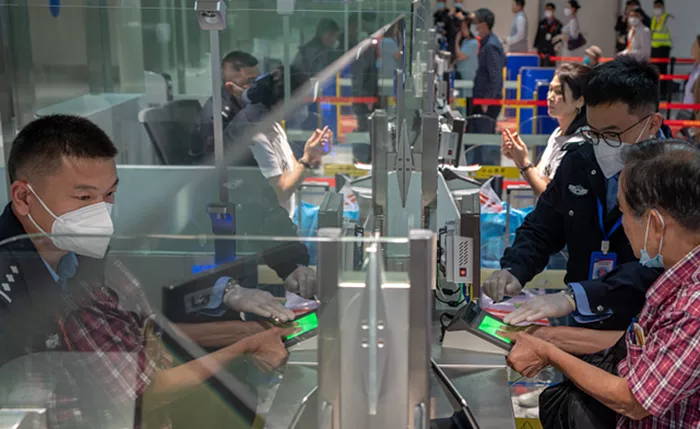As Saudi tourists capture memories by the West Lake in Hangzhou and German visitors claim tax refunds for newly purchased smart appliances in Guangzhou, a policy-fueled “China fever” is sweeping the globe. The expanding circle of visa-free countries and optimized tax refund policies are acting as twin engines, igniting a new wave of inbound consumption.
Effective June 9, visa-free entry for citizens from Saudi Arabia, Oman, Qatar, and Bahrain was implemented, further expanding China’s unilateral visa-free policy to 47 countries. At Hangzhou Xiaoshan International Airport, customs data reveals over 420,000 inbound foreign visitors this year—3.4 times the figure from last year—with over 60% entering visa-free. Ahmed from the Middle East exclaimed, “No visa hassle, just book a flight to see the West Lake! So convenient!”
This tourism boom diversifies in source of tourist, extending from traditional Southeast Asian and East Asian markets to the Middle East and Europe. Tourist demands have shifted from mere landmark visits to immersive experiences, such as attending Peking Opera classes in Beijing hutongs or learning tie-dyeing from Bai ethnic women in Yunnan. Local governments boost appeal through initiatives like Beijing’s “Diplomats’ Tour of China” and multilingual travel guides in Yunnan.
The travel surge fuels a shopping spree. Anna from Russia bought three Chinese-made smartphones in Guangzhou’s Tianhe City and received a quick tax refund. “Great value and seamless tax refunds—it’s a steal!” she said. Thanks to the “Buy & Refund on the Spot” policy, the first month saw a 155% year-on-year increase in tax refund transactions, with 90% processed under the new model. Major commercial areas like Beijing’s Wangfujing and Shanghai’s Nanjing Road added hundreds of tax-refund stores, making “Made-in-China” products and cultural items highly sought-after.
Combined with payment convenience and cultural event innovations, visa-free entry and tax refunds form a powerful strategy unlocking consumption potential. During Shanghai’s “55 Shopping Festival,” overseas visitor spending soared 210% year-on-year, while in Chengdu, tourists used consumption vouchers to savor local cuisine. Beyond consumption, foreign tourists are becoming ambassadors for Chinese products and culture. A French visitor who purchased Jingdezhen ceramics shared online, promoting Chinese craftsmanship.
This synergy of “China tours” and “China shopping” not only showcases China’s openness but also charts a vibrant consumption landscape, promising to make the “China fever” an enduring highlight in global tourism.
Related Topics:
- What to Explore in Nyc
- Wyoming 130 Through Snowy Range Reopens for Summer Travel
- Is New York Worth Visiting?

